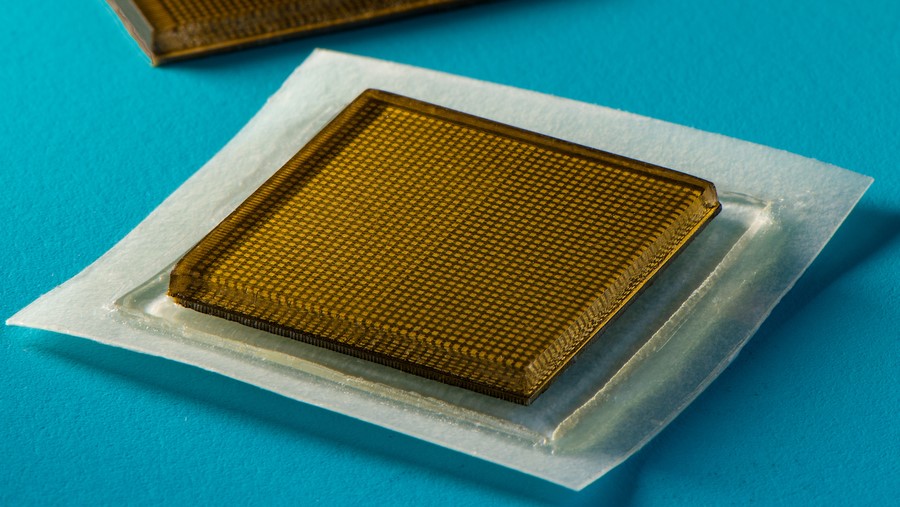innovation
In the future, driving an app across a bridge could let engineers know how safe it is.
Inspired by the shape of a New Caledonian crow’s beak, researchers created a new 3D-printed prototype of tweezers.
The DART mission tested whether it’s possible to deflect an asteroid by crashing something into it.
Innovation training encourages the kind of creativity and problem solving that can lead to breakthroughs in business.
Flashy desalination technology is more costly and cumbersome than many other solutions.
Three reasons why a radically better future is more likely than we think.
Short-hop regional flights could be running on batteries in a few years.
The new agency wants to push the boundaries of science and technology.
Anything, good or bad, about Henry Ford can be contradicted — except his ambition and his work.
The Rubbee X requires almost no setup and is far cheaper than a brand new e-bike.
Anyone up for a crisp, blonde ale?
New stamp-sized ultrasound adhesives produce clear images of heart, lungs, and other internal organs.
More than 150 companies are developing flying cars. Here’s why they’re aren’t yet off the ground and darting across city skies.
Deliveries of the $250k Lightyear 0 will start in November 2022.
Cement production currently accounts for 8% of global carbon emissions.
“I thought, why not direct these high-power beams, instead of into fusion plasma, down into rock and vaporize the hole?”
One home was printed in 28 hours. Now, Alquist 3D is building 200 more.
An analogy explains the greater fool theory: You don’t have to run faster than the bear to get away; you just have to run faster than the other guy.
In the age of distraction, don’t we all want to read faster and more efficiently?
“It’s a big resource in the way the human genome is a big resource, in that you can go in and do discovery-based research.”
Preventing scurvy is not just a problem in the Antarctic.
Capturing energy from clubbers could help power homes and buildings.
Could we finally detect the elusive Unruh effect?
Meet the power plant of the future.
Here’s how it works.
Every timekeeping device works via a version of a pendulum — even the atomic clocks that are accurate to nanoseconds.
Today, we could use Big Data to radically reform democracy. Tomorrow, we could build nanofabricators and usher in an era of abundance. Is society ready?
Benjamin Franklin’s lightning rod saved countless lives, but some religious leaders denounced his invention.
This representation of the Bamum kingdom is a rare example of early 20th-century indigenous African cartography.
An optical telescope with a massive 20-foot (6-meter) mirror has an eye-popping price tag of $11 billion.





























